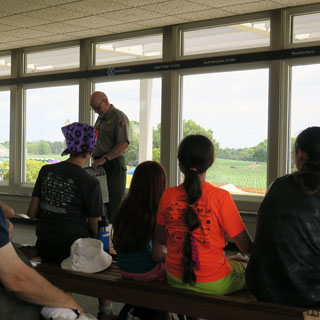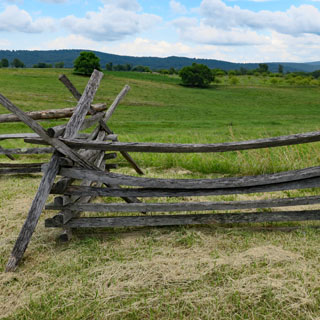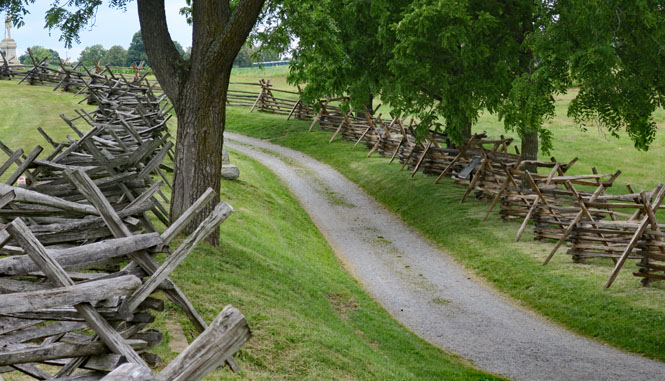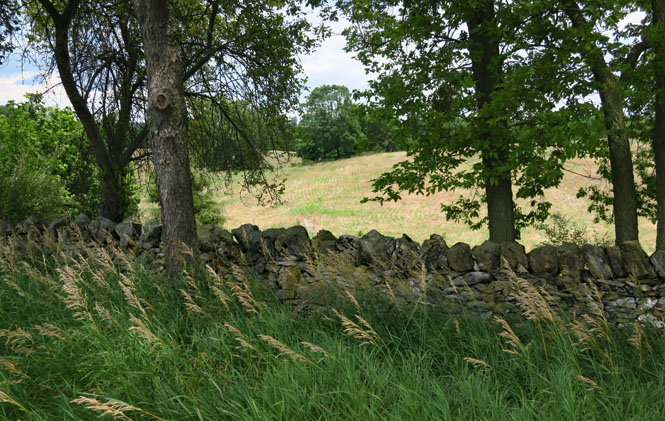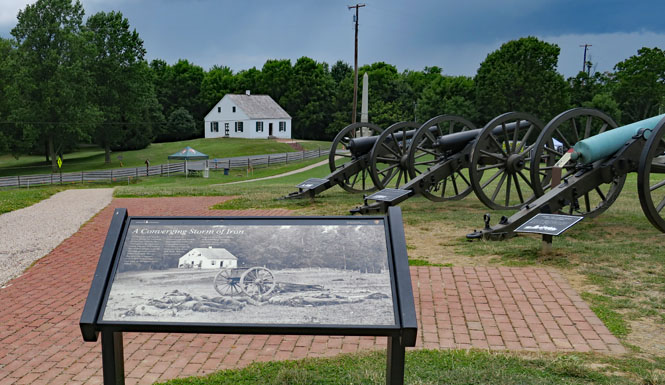July 1, 2017

 Maryland
Maryland
 Antietam National Battlefield.
Antietam National Battlefield.
The war had been going for over a year, and the Union side was not looking as competent as they had every reason to expect. Lee was bringing the war into Maryland and the consequence of a Confederate victory here would have enormous consequences.
Antietam Battlefield. This is perhaps the best preserved of the large Civil War battlefields. It also has the advantage of not being overwhelmed by large memorials, so it's still possible to see the fields as they might have been in 1862.
The visitor center has a museum on the lower level, an indoor observation room on the upper level and a theater and gift shop on the main floor. A ranger (below, right) is giving a talk.
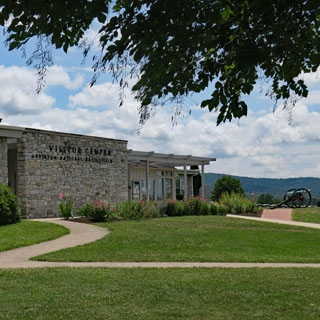
These large murals of battlefields must have been common in the years just after the war. You'll see them (or at least parts of them) at numerous places. But, they're all pretty fragile; the park department has done a good job a preserving this one. They're actually quite a good method of explaining the troop movements and the overall positions of important landmarks.
Corn was on this land in 1862 and corn is still here. Unquestionably, they've worked at keeping things as little changed as is possible.
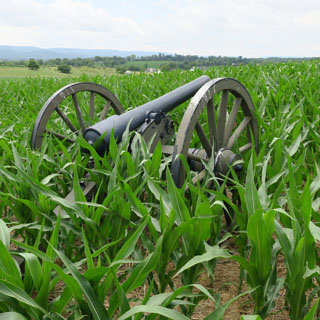
Of course, there are monuments, but not the extra large things that you'll see at Gettysburg.
The sunken road where so many died.

Then and now.
More men died on the day of this battle than during any other war in our history.

